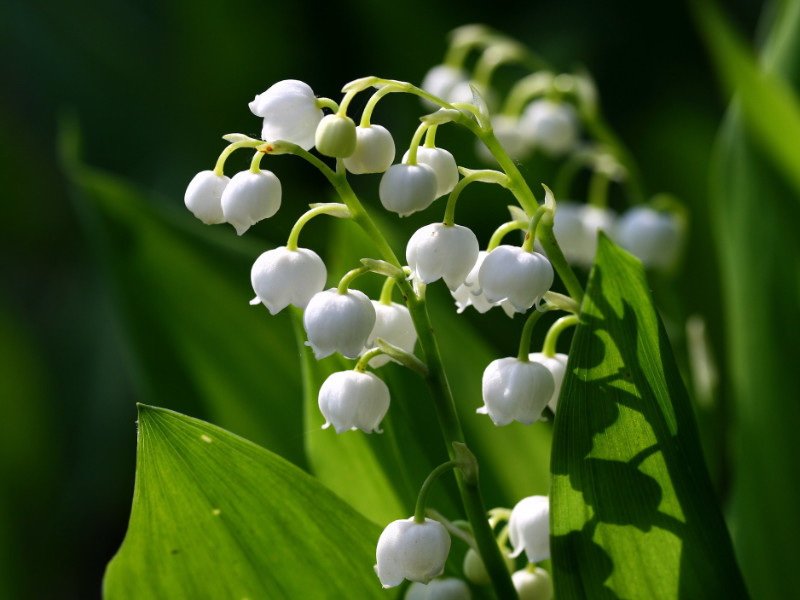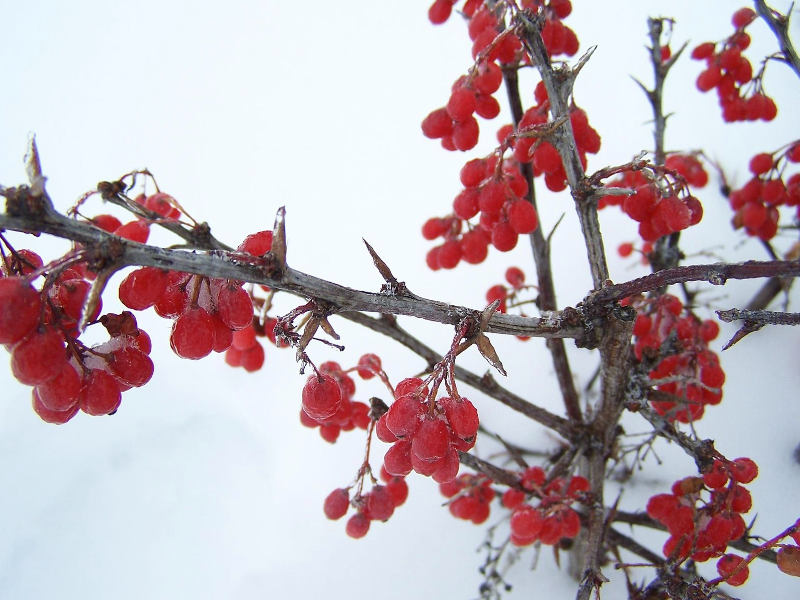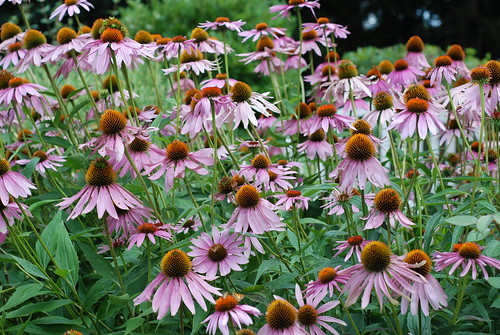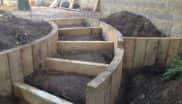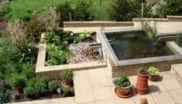Last winter was tough on our gardens. The extended cold and wet conditions were just too much for many plants to handle, especially for those in nurseries, where thousands didn’t make it through to spring.
The long spell of freezing temperatures was the main problem, hitting evergreens and new plants hard. Even traditionally sturdy types struggled to survive in the cold.

A main factor in the plants’ chances of survival is the type of native soil in the area:
Clay soil tends to hold onto warmth better, often retaining heat through the winter period. It is slow to warm up when spring arrives.
Sandy soil warms through quickly in the spring, encouraging rapid growth. However it loses heat rapidly through the winter, making survival more challenging.
New plants that are planted in clay soil through November often have a better chance of making it through to the spring. The additional warmth within the clay soil encourages root growth before winter really sets in.
When there is an unusually cold winter, such as the one that we experienced last year, these new plants have worse survival odds, as even the best clay soils struggle to retain any heat through such a cold snap. Those planted in the autumn of last year have all but been decimated.

Things got really bad in places where the freezing weather stuck around for weeks, especially in shady spots or those facing north, where very little sunlight could warm up the ground. These areas turned into a sort of ‘no-go zone’ for plants, showing just how harsh this winter was.
The cold weather made it tricky for gardeners too. They usually protect their plants from the cold by covering the soil with mulch after planting in autumn. But if the soil is light, like the iron stone soil found in Northamptonshire, it’s often best to wait until spring to plant. But this spring wasn’t much warmer, which caught many gardeners off guard.
The effects of this severe winter didn’t stop at our gardens, though. Plant shops have had a tough time restocking because so much was lost. Some nurseries even lost more than £50,000 worth of stock. And this wasn’t just a problem in the UK – plant sellers all over Europe faced the same challenge.

As a result, plant suppliers are struggling to keep up with demand. As soon as new plants arrive, they’re snapped up, leaving the shelves empty. There are signs that things are slowly getting better, but the plants themselves aren’t looking as good as we’d like. Usually, you’d see plenty of roots coming out the bottom of the pots, indicating the plant has had enough time to establish its root growth, but at the moment the plants that are out on sale have very few established roots.
This past winter has shown us just how much the weather can affect our plants. As we move forward, we need to think about how we can protect our plants from such harsh conditions in the future. Following a harsh winter, it’s best to wait until spring is in full swing before planting any new plants in your garden.






